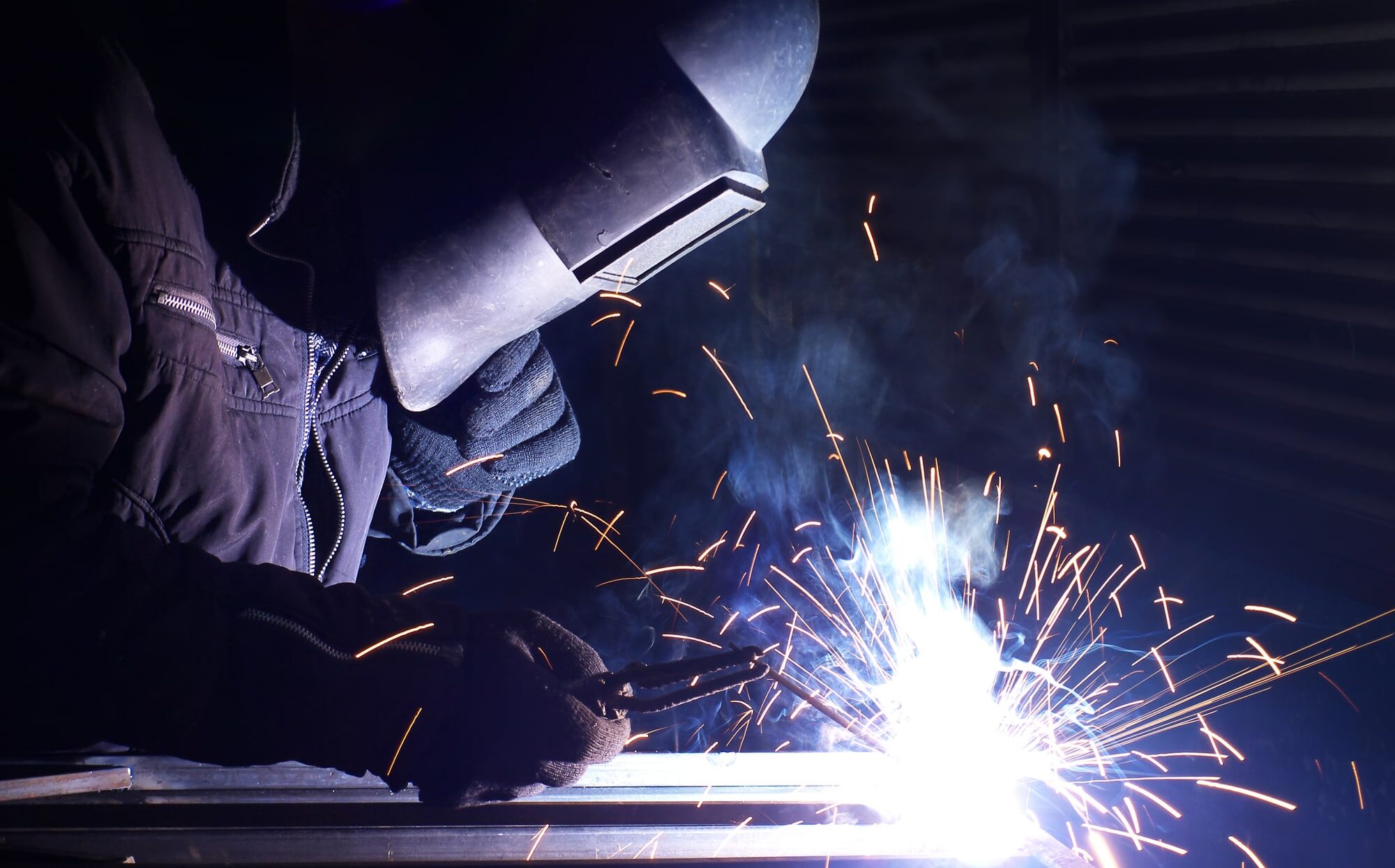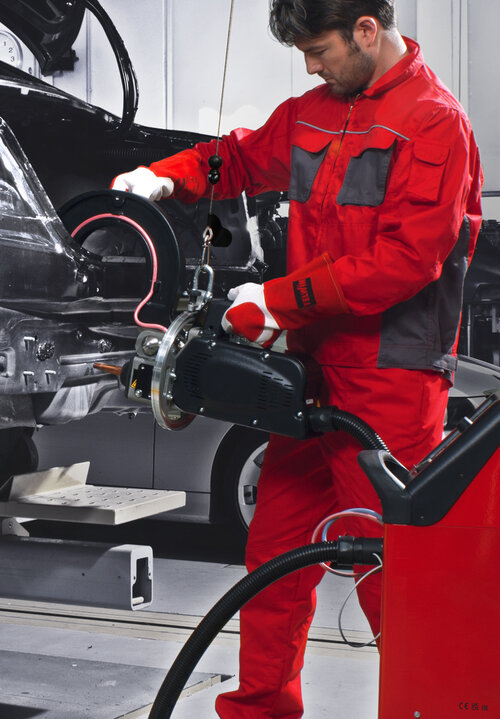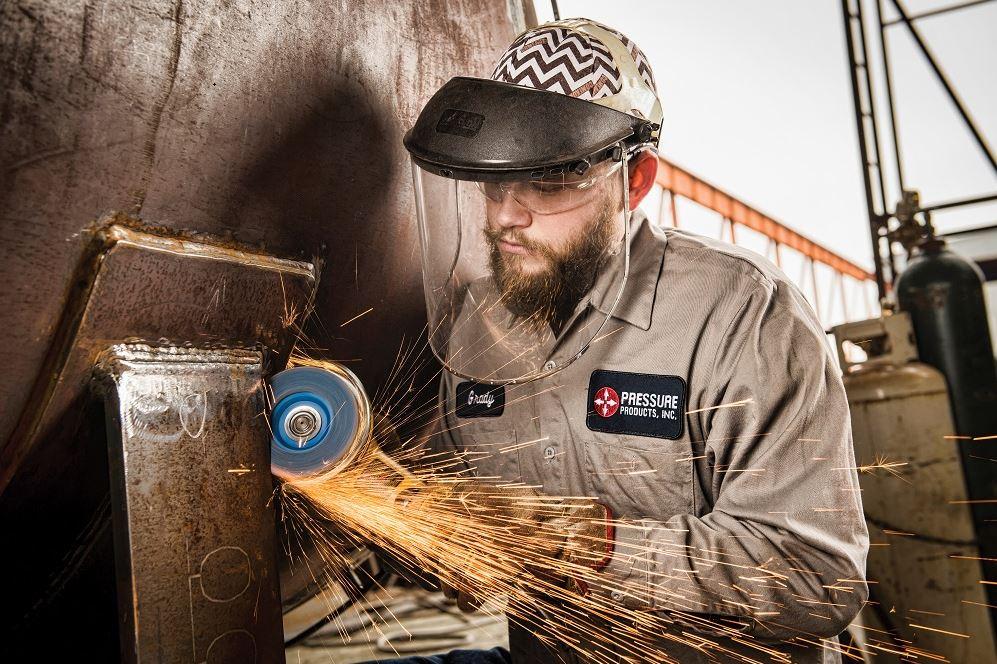Common Welding Repair Issues and Exactly How to Address Them Properly
Welding fixings commonly come across a series of problems that can endanger the honesty of the last product. Usual problems include poor penetration, porosity, and imbalance, to name a few. Each problem offers unique difficulties that call for details techniques for resolution. Understanding these issues is important for welders intending to enhance their results and abilities. This discussion will discover these common welding repair issues and effective techniques to resolve them.
Insufficient Penetration
Poor infiltration occurs when the weld metal stops working to totally fuse with the base material, leading to weak joints and prospective architectural failures. This problem frequently originates from inadequate warm input, wrong electrode angle, or improper welding rate. Welders may encounter insufficient penetration as a result of a mistake of the essential criteria for a particular product thickness or kind. Additionally, contamination on the base product's surface area can impede reliable bonding, intensifying the problem. To address poor penetration, welders ought to assure appropriate settings on their tools and maintain a clean job surface area. Regular examination of welds is suggested to identify any type of shortages early, permitting prompt corrections and the avoidance of compromised structural honesty in welded settings up.
Porosity
Porosity is a common defect in bonded joints that manifests as tiny gas bubbles entraped within the weld metal. This defect can compromise the honesty of the weld, leading to reduced strength and prospective failing under stress. Belgrade Fabrication. Porosity generally emerges from contamination, moisture, or improper welding strategies, which allow gases to run away into the liquified weld swimming pool. To attend to porosity, welders ought to assure correct surface area prep work, preserve a clean functioning setting, and utilize suitable welding parameters. Additionally, picking the ideal filler material and shielding gas can reduce gas entrapment. Routine evaluation and testing of welds can assist identify porosity early, assuring prompt rehabilitative actions are taken, therefore preserving the high quality and integrity of the welded structure
Imbalance
Misalignment in welding can develop from numerous elements, consisting of incorrect arrangement and thermal expansion. Comprehending the origin triggers is crucial for effective resolution. A number of adjustment techniques are readily available to straighten parts and assure structural honesty.
Sources of Misalignment
Welding misalignment typically stems from a range of underlying problems that can compromise structural honesty. One main reason is inappropriate fit-up of parts prior to welding, which can bring about voids and irregular surface areas. Variants in thermal expansion during the welding procedure can additionally result in distortion, especially if the products being joined have different coefficients of development. Additionally, poor clamping and fixturing may fall short to hold parts securely in position, causing movement during welding. Badly maintained devices, including welding machines and devices, might present variances in the weld bead, additional contributing to imbalance. Driver mistake, stemming from not enough training or experience, can likewise play a substantial duty in producing misaligned welds.

Correction Strategies Offered
Dealing with imbalance properly requires a mix of corrective strategies customized to the details problems available. One usual method is using fixtures or jigs to hold parts in the correct position throughout welding, making certain regular positioning. Additionally, preheating the materials can assist decrease distortion and improve fit-up. For considerable imbalance, mechanical realignment strategies, such as using hydraulic jacks or clamps, can be employed to remedy the position before welding. Post-weld warmth treatment may additionally be necessary to ease tensions created by imbalance. Finally, mindful inspection and change during the configuration phase can protect against misalignment concerns from coming to be significant problems, promoting a smoother welding process and improving overall architectural stability.
Distortion
Distortion is a typical challenge in welding that can arise from various aspects, consisting of irregular heating & cooling. Understanding the sources of distortion is essential for applying efficient prevention strategies. Addressing this issue not only improves architectural stability however additionally boosts the general quality of the weld.
Reasons of Distortion
When subjected to the intense warm of welding, products often undertake changes that can lead to distortion. This sensation mostly occurs from thermal growth and tightening throughout the welding procedure. As the weld location warms up, the material broadens; upon air conditioning, it contracts, which can create internal stress and anxieties. Furthermore, irregular heating across a work surface can intensify these stress and anxieties, resulting in warping or bending. The kind of material likewise plays a substantial duty; steels with varying thermal conductivity and coefficients of growth may respond in different ways, causing uncertain distortions. Furthermore, poor joint layout and insufficient fixturing can add to misalignment throughout welding, raising the possibility of distortion. Comprehending these reasons is necessary for efficient welding fixing and avoidance techniques.
Avoidance Techniques
Reliable prevention techniques for distortion during welding concentrate on managing warmth input and making certain appropriate joint design. Preserving a regular warm input sites aids to lessen thermal development and tightening, which can cause distortion. Utilizing methods such as pre-heating the work surface can additionally decrease the temperature slope, promoting uniform heating. Additionally, selecting suitable joint styles, such as T-joints or lap joints, can improve stability and decrease anxiety focus. Applying correct fixturing to protect the work surfaces in place better aids in keeping placement throughout the welding procedure. Staggered welding sequences can disperse warm more uniformly, preventing local distortion. By applying these approaches, welders can greatly decrease the probability of distortion and improve the general high quality of their welds.
Fracturing
Cracking is a common problem run into in welding repairs, often resulting from various variables such as improper cooling rates, material choice, or insufficient joint prep work. The occurrence of splits can considerably compromise the honesty of the weld, causing possible failings throughout operation. To resolve this issue, welders have to first evaluate the root causes, making certain that materials work and appropriately selected for the particular application. Furthermore, managing the air conditioning price throughout the welding process is vital; fast cooling can cause tension and lead to cracking. Correct joint style and preparation additionally add to reducing the danger. Carrying out these approaches can improve weld quality and durability, eventually decreasing the possibility of splitting in finished weldments.

Insufficient Combination
A significant problem browse around this site in welding repair services is insufficient combination, which happens when the weld steel does not adequately bond with the base product or previous weld passes - Montana Mobile Welding and Repair Welding. This flaw can result in weaknesses in the joint, possibly endangering the integrity of the bonded structure. Variables contributing to incomplete blend consist of inadequate warm input, improper welding strategy, and contamination of the surface areas being joined. To address this problem successfully, welders must guarantee proper pre-weld cleansing and surface area prep work, as well as adjust their welding criteria to attain appropriate infiltration and fusion. Regular inspection throughout the welding procedure can also assist determine incomplete combination early, permitting prompt rehabilitative steps to improve the overall high quality of the weld
Overheating
While welding repairs can improve structural stability, overheating presents a considerable challenge that can bring about product degradation. Extreme heat during welding can modify the mechanical buildings of metals, resulting in minimized strength, raised brittleness, and warping. This sensation is specifically crucial in high-stress applications where structural dependability is critical. Determining overheating can include visual assessments for discoloration or distortion, along with checking temperature throughout the welding process. To mitigate the risks connected with getting too hot, welders ought to utilize appropriate methods, such as controlling warmth input, changing traveling speed, and utilizing ideal filler materials. In addition, applying pre- and post-weld warm therapies can aid bring back material buildings and boost the overall high quality of the fixing, making certain long-lasting performance and safety and security.
Often Asked Concerns
What Are the Common Indications of a Welding Flaw?

Exactly How Can I Check My Welds for Quality?
To evaluate welds for high quality, one can use visual evaluations, ultrasonic testing, and radiographic approaches. Each method assures structural stability, identifies problems, and verifies adherence to defined requirements, ultimately boosting the reliability of the welded joints.
What Security Precautions Should I Take While Welding?
When welding, one need to focus on security by wearing suitable individual protective devices, ensuring appropriate air flow, safeguarding flammable products away, keeping a tidy office, and being mindful of surroundings to avoid injuries and accidents.
Can I Repair a Weld Without Redesigning the Entire Joint?
Repairing a weld without redoing the whole joint is feasible, relying on the damage (Welding). Methods such as grinding, adding filler material, or using a welding process can successfully resolve certain defects while maintaining the surrounding framework
What Tools Are Essential for Efficient Welding Fixes?
Important devices for effective welding fixings consist of a welding maker, wire brush, grinder, safety gear, clamps, and filler products. Each tool plays an important duty in ensuring high quality and safety during the repair procedure. Porosity commonly emerges from contamination, wetness, or inappropriate welding techniques, which enable gases to leave right into the molten weld swimming pool. Poorly maintained tools, consisting of welding devices and devices, might present variances in the weld grain, further adding to misalignment. When subjected to the intense warm of welding, materials usually go click this through modifications that can lead to distortion. Fracturing is an usual concern experienced in welding fixings, usually resulting from different variables such as improper air conditioning prices, material choice, or poor joint preparation. A significant problem in welding repairs is insufficient blend, which takes place when the weld steel does not properly bond with the base material or previous weld passes.